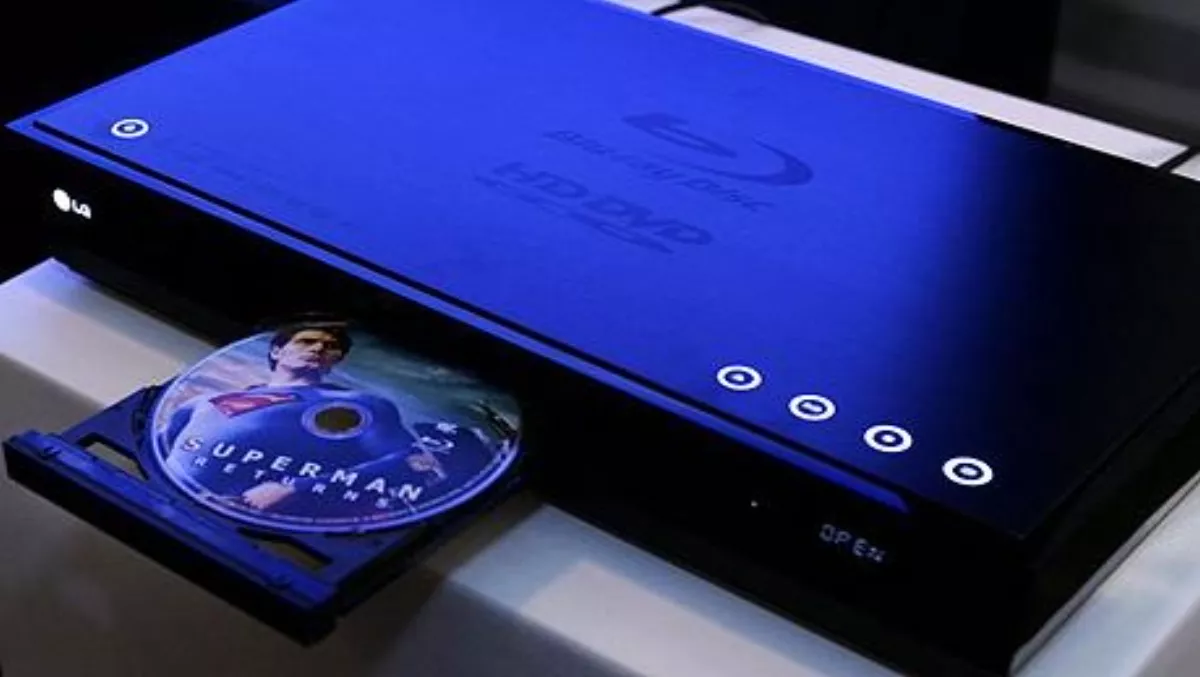
Although Blu-ray players are becoming increasingly popular and beginning to replace DVDs as the player of choice, many people still don’t know exactly what the difference between a Blu-ray and DVD is or what they should be looking for when buying a player. Not to worry, NetGuide is here to help!WHY GO BLU-RAY?The main difference between a Blu-ray disc and a DVD is that traditional DVDs contain less than 350,000 pixels, while 1080p video has more than two million. In other words, you will get a much better picture and higher resolution detail with a Blu-ray. If you have one of the new 1080p HD TVs (which are quickly becoming the norm), you should definitely be using a Blu-ray player for the best possible HD picture quality. Blu-rays also offer faster disc handling and often come with extras like 3D support, audio and video streaming and integrated Wi-Fi. Best of all, Blu-rays have gotten better and more affordable as of late (these days you can often find an awesome player for less than $200), which makes now the perfect time to buy. So if you’re in the market for a new DVD player, we would recommend against it – DVD players are about to go the way of the VCR – it’s a much smarter decision to invest in a Blu-ray player instead. For those of you who are thinking "what the heck am I supposed to do with my massive DVD collection?” don’t stress, all Blu-ray players can convert traditional DVDs (and they’ll actually look better than they do on your old DVD player!) So now that you’re convinced Blu-ray is the way to go, let’s discuss the options out there to help you choose the right one!BLU-RAY DISC FEATURESBonus View: This is basically picture-in-picture, allowing you to view the same scene from a variety of different angles, or to watch the director explaining how a particular scene was shot while watching that scene at the same time. It requires an additional audio/video decoder, and you will find this feature in pretty much all players introduced in the last couple of years.BD Live: This feature means you will get additional downloadable, streaming multimedia or interactive web content. If you intend on using BD-Live, we recommend purchasing a player that has adequate built-in memory to support it. Some players will be listed as "BD-Live ready,” which means that you can add more memory using a USB key or other storage device, but it does not come built in to the player.CONNECTIONSAll Blu-ray players come equipped with a High-Definition Multimedia Interface (HDMI) port that can stream audio and video using a single cable. Some manufacturers will include the cable as well, but usually you will need to purchase this separately. Most players today also have an Ethernet jack for the internet and/or home network.Some players have one or two USB ports that can be used to access digital media files stored on flash drives, provide BD-Live memory expansion, load firmware updates or connect a USB Wi-Fi adapter. Finally, select models offer 5.1/7.1 channel analog outputs for transferring a decoded surround sound signal to AV receivers.WHAT CAN YOU DO WITH YOUR BLU-RAY? (BESIDES PLAY MOVIES)Nearly all Blu-ray players today can also play standard CD, CD-R and RW discs, so you can use your Blu-ray as a music player as well. Also, as mentioned above, many of the newer models allow you to access internet-based content. With this function, you can use your Blu-ray player for media streaming, BD-Live, and some models also include widgets providing you with access to your favourite social networking sites or weather and news updates.3D CAPABILITIESIf you have a 3D TV (or are thinking of getting one), look for a Blu-ray player that can accommodate 3D discs. All of the major brands out there should offer one or more 3D-enabled players in their crop of products, so this shouldn’t limit your choices too much.COSTAs we mentioned at the start of this article, you can often find a decent Blu-ray player for around (or under) $200, just make sure you do your homework before buying the cheapest one out there. Blu-ray players can range anywhere from below $150 up to more than $2,000, and the price simply correlates to added options such as more connection options, better video processing, more networking and internet abilities and so on.When choosing a Blu-ray player, keep in mind that the future Blu-ray discs you will buy will be a bit more expensive than traditional DVDs and that you will probably have to buy the connection cables separately as well.